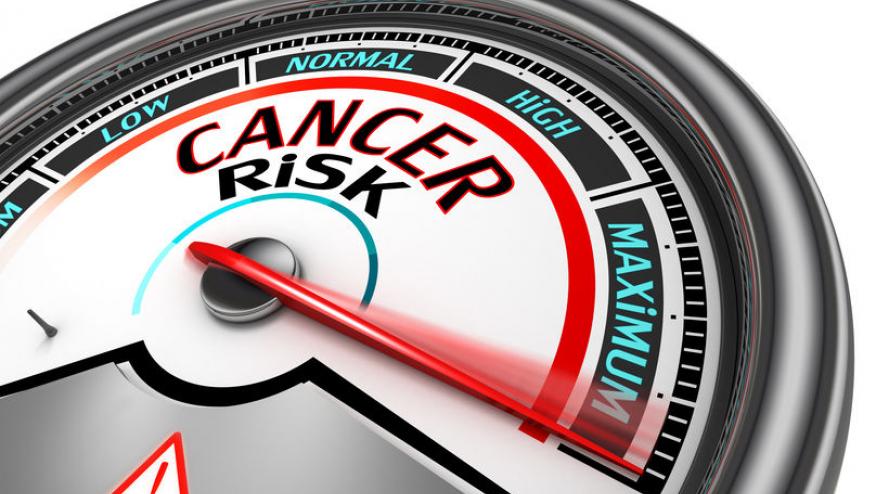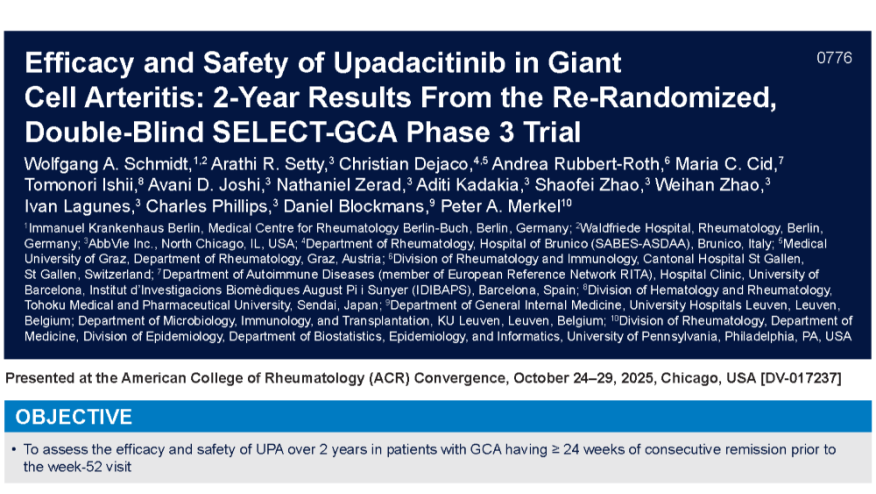Stratified Cancer Screening in Dermatomyositis Save

The International Myositis Assessment and Clinical Studies Group (IMACS) have published evidence and consensus based cancer screening guidelines for patients with idiopathic inflammatory myopathies, including dermatomyositis.
They proposed 18 final recommendations - 13 were strong and 5 conditional; the evidence was only moderate (B) for 8 recommendations, and low (C) for 4 recommendations and very low (D) for 3 recommendations.
These expert based recommendations risk stratified IIM patients as being at high, intermediate, or low risk for cancer based on factors including myositis subtype, age at disease onset, autoantibody profiles, and clinical features (see IMACS Screening Recommendations).
The performance of these cancer screening recommendations was investigated in a prospective adult cohort of 370 dermatomyositis patients from a single center (University of Pennsylvania rheumatology-dermatology; 2008 - 2024). The patients had a mean age of 48 years, were 87% female, and 69% had available myositis-specific autoantibody (MSA) test results. Based on the IMACS stratification, patients were classified as:
- 212 (54%) high risk
- 138 (37%) intermediate risk
- 32 (9%) low risk.
Overall, 18/370 (4.9%) of DM patients had a malignancy and could be labeled with paraneoplastic dermatomyositis. Over 80% (83%) of these were in the high risk group (15/370 = 4%) and 17% came from those classified as an intermediate risk (3/370 = 0.08%). No low-risk patients had paraneoplastic dermatomyositis.
Important findings:
- Breast cancer was the most prevalent (9 patients), followed by two each with lung and ovarian cancer.
- 56% (10) were diagnosed with cancer before their dermatomyositis diagnosis (~1 year between cancer and dermatomyositis diagnosis).
- 44% (8) had cancer following a dermatomyositis diagnosis with 75% identified in year 1 and 25% in year 2.
- TIFF1 Ab positivity was higher in cancer patients (33.3% vs 11.9%), but MSA positivity was no different (26% vs 21%).
- All cancers would have been detected using IMACS screening guidelines, with 5 (63%) identifiable on basic and 3 (37%) on enhanced cancer screening.
- 11/370 patients had intravenous contrast allergies (3%).
The overall rate of cancer was low in their DM cohort (4.9%). While their proposed IMACS cancer screening guidelines identified 100% of cancers, their risk-stratification scheme may overestimate cancer risk in DM patients. Nearly 90% of DM patients met the intermediate- or high-risk criteria and thus would qualify for the more comprehensive, and costly, enhanced screening protocol.
They did not do a cost effectiveness analysis. Thus the benefits vs. risks vs. costs of enhanced cancer screening protocols needs to be further studied in DM cohorts.
The authors acknowledge the ongoing need to further refine the IMACS risk-stratification scheme. The need to refine risk must be balanced against resource use and outcomes.










If you are a health practitioner, you may Login/Register to comment.
Due to the nature of these comment forums, only health practitioners are allowed to comment at this time.